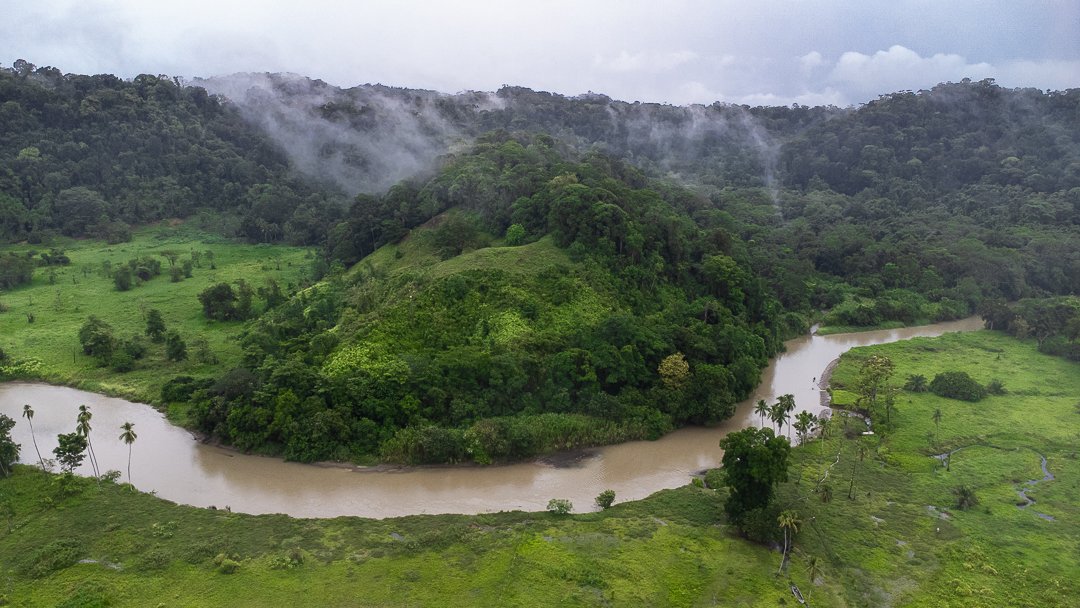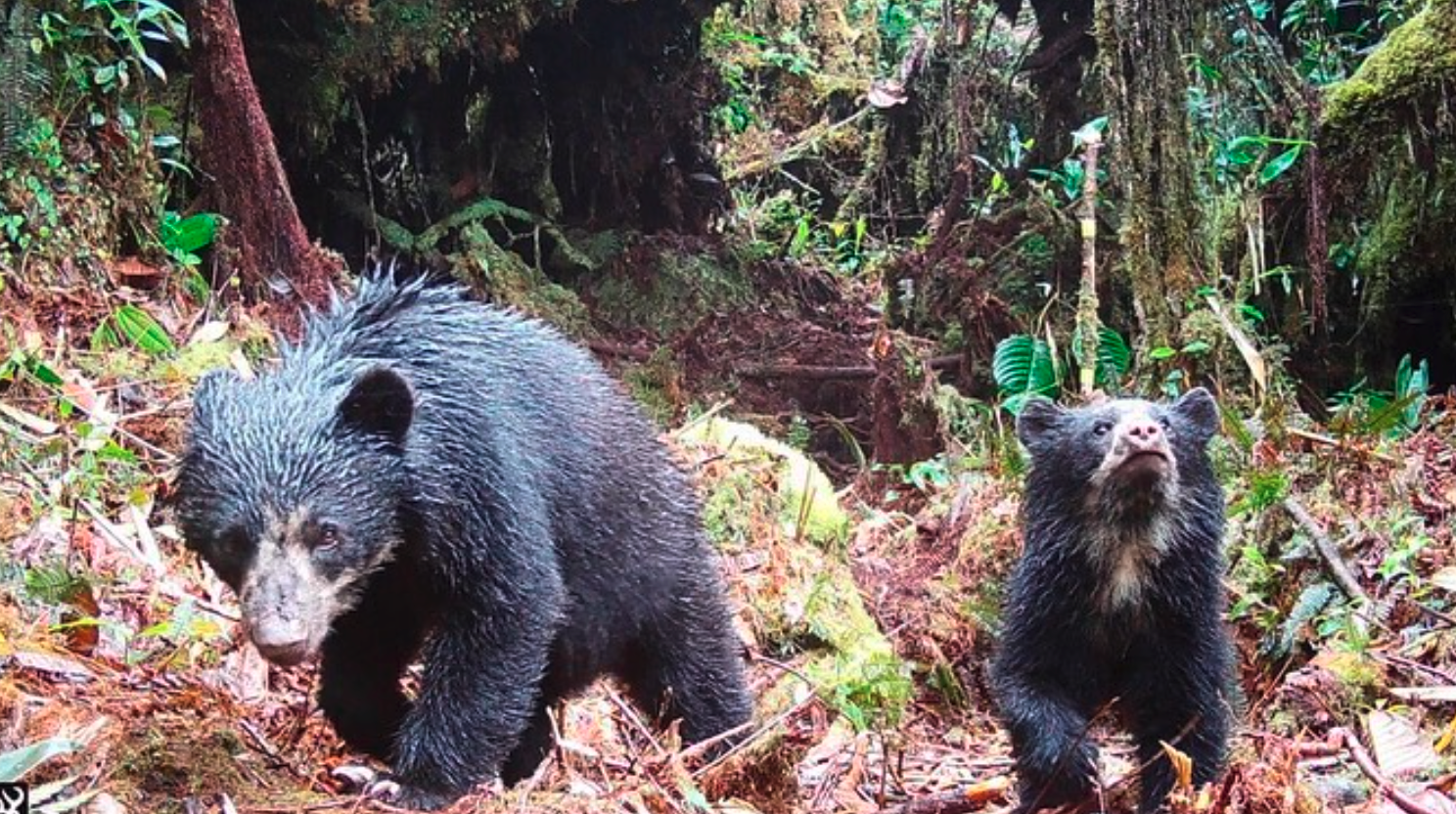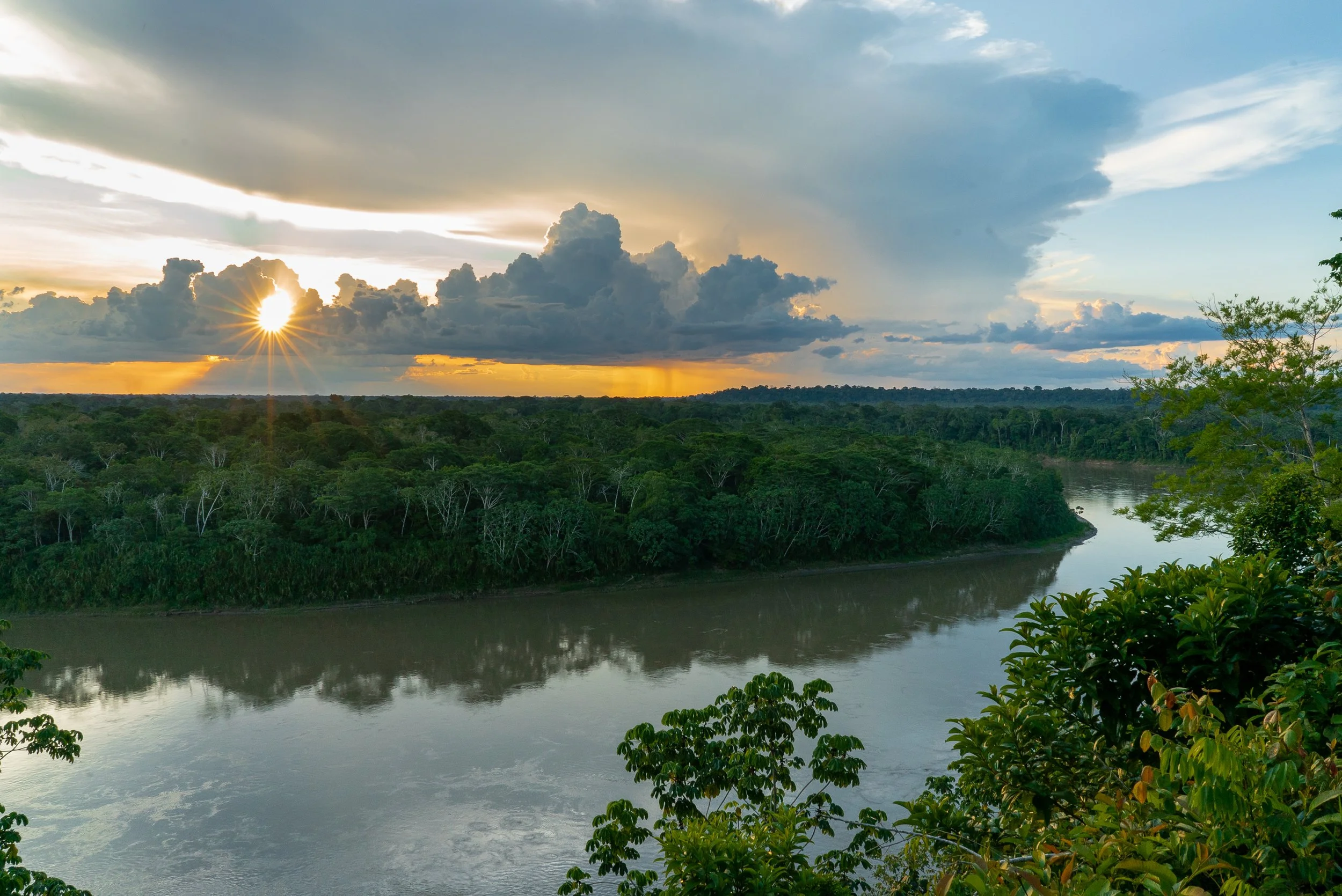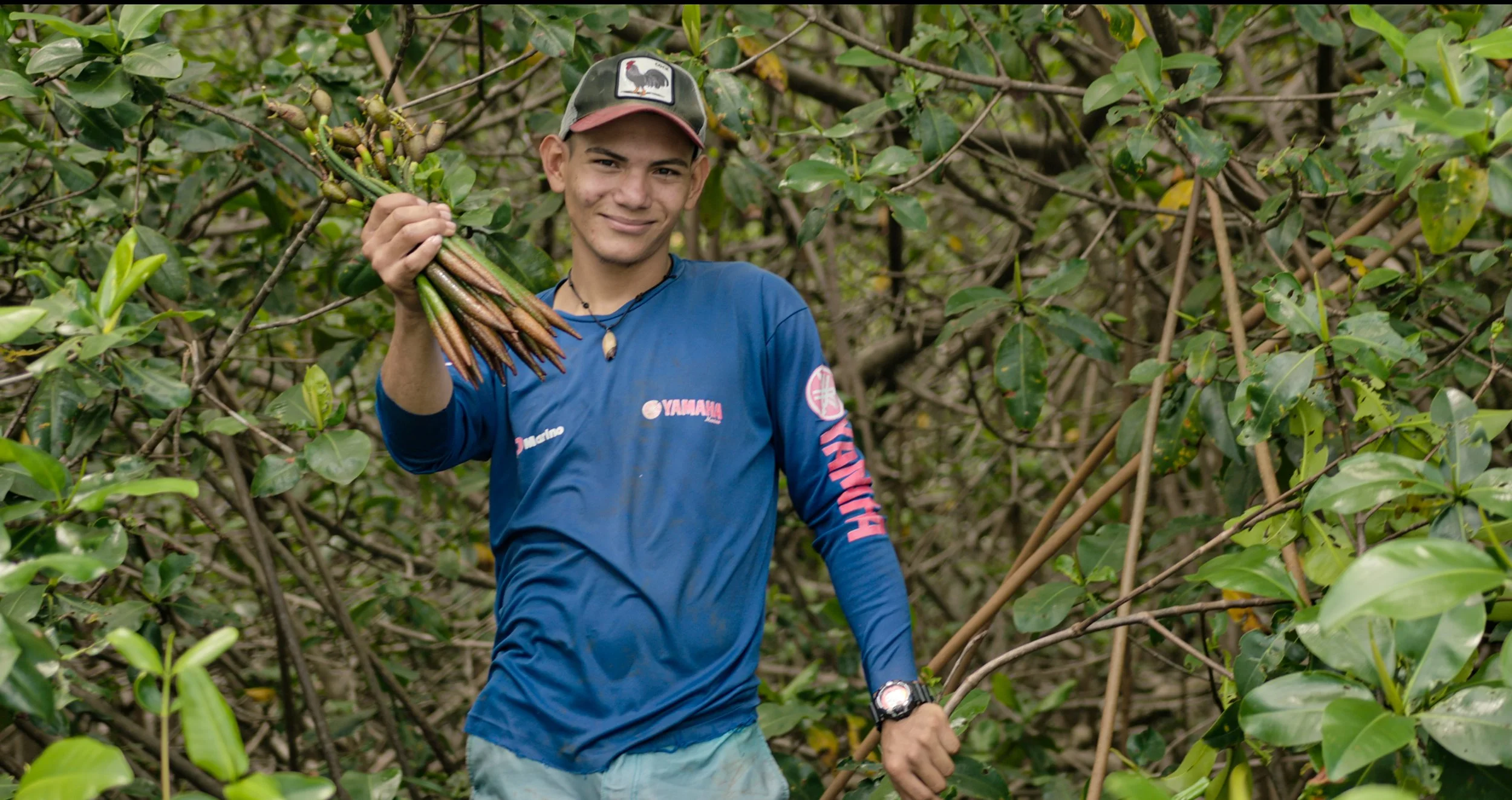Creating Climate Resilience in the
Most Biodiverse Regions on Earth
STRATEGY & IMPACT
We are taking action
to implement scalable solutions and build climate resilience for people and nature.
There is no more significant, enduring impact for the planet than to build resilience for nature. Climate corridors will significantly mitigate the impacts of the two most urgent challenges we face: climate change and biodiversity loss. These corridors facilitate biodiversity movement across previously unpassable landscapes. By taking action now to restore habitat connectivity through corridors, we are creating a better world.
We build climate corridors by:
-> Planting rare, native, and endemic tree species at scale to reconnect fragmented habitats,
-> Maintaining existing forest cover and improving site-based best management practices,
-> Rewilding landscapes to foster the return of ecosystem engineers, pollinators, and seed dispersers,
-> Monitoring wildlife movement and ecological indicators in real-time,
-> Developing and implementing cutting-edge technology tools for tropical conservation
-> Catalyzing shifts in the social fabric of human-wildlife interaction and empowering the next generation of conservation leaders.
A pan-tropical solution, the Climate Corridors initiative is an international model of climate adaptation to save biodiversity and build resilience for both people and nature in the face of climate change.
Our working landscape spans 26.5 million acres across the most biodiverse habitats on Earth.
Our Flagship Landscapes
AmistOsa Climate Corridor
Costa Rica
-
AmistOsa is among the most biodiversity rich regions in the world with an incredible amount of rare species that can be found here and nowhere else on Earth.
Despite 52% of its territory being protected, predictive models show greatly increased loss of connectivity in the next 30 years if we continue “business as usual” practices in this region.
Here, we work with over 341 local landowners to restore degraded watersheds, implement wildlife-friendly farming practices, and rewild species that have been locally extirpated.
-
We collaborate with site-based parters Osa Conservation to drive change in the AmistOsa corridor. Our landscape of influence includes over 1.3 million acres spanning an altitudinal gradient of 0 to 3,500 meters above sea level. Throughout the region, we work with more than 341 local landowners to restore degraded watersheds, implement wildlife-friendly farming practices, and rewild species that have been locally extirpated. You can learn more about the Osa Conservation field site here.
-
Purus - Manu Climate Corridor
Peru
-
The Purus - Manu Climate Corridor spans the steepest elevational gradient in the Andes Amazon system, climbing nearly four kilometers from lowland rainforest, through cloud forest into the alpine paramo grasslands of the Andes.
This landscape forms the largest preserved section of the Peruvian Amazon and is the source of the region's four major freshwater rivers. In particular, the steep elevational gradient across Purus - Manu positions this landscape as an incredible opportunity to safeguard biodiversity en masse.
-
We collaborate with site-based parters Conservación Amazónica - ACCA to drive change in the Purus - Manu corridor. Our work is based out of a network of three biological field stations that span the Andes Amazon landscape. The first of its kind in the region, this network allows us to explore and discover the outstanding biological and cultural diversity of this region. Spanning an altitudinal gradient from 820 to 11,500 feet along the eastern border of Manu National Park, our stations are active centers of learning and discovery, attracting researchers, university courses, volunteers, and visitors from around the world. You can learn more about the ACCA field sties here.
-
AMISTOSA CORRIDOR IN ACTION:
The Climate Corridor Blueprint
Due to decades of success leading biodiversity-centric schemes in Central and South America, we have scientific proof and novel insight to drive this model to scale. We implemented the climate corridor blueprint in two of the most biodiverse landscapes: Purus - Manu valley in Peru and AmistOsa rainforest in Costa Rica (left).
Here, proof of landscape-level change is evident, resulting in environmental and economic benefits to vulnerable communities and inspiring international stakeholders.

Climate Corridors of Central America
Our research identified the 10 Climate Corridors of Central America with the most potential to maximize biodiversity survival long-term.
To stem biodiversity loss, conservation investments should prioritize the Climate Corridor strategy by restoring and rebuilding ecological connectivity along elevational gradients in biodiverse landscapes.
Solutions Meant to Scale
Climate Corridors is a working model designed to be scaled throughout the world’s biodiverse landscapes. Our goal is to carry the maximum amount of biodiversity through climate change. If you are interested in collaborating, please reach out.



































